Hyundai Tucson vs Vauxhall Zafira Life – Performance, range & efficiency compared
Two cars, one duel: Hyundai Tucson meets Vauxhall Zafira Life.
Which one wins in performance, efficiency and value for money? Find out now!
Costs and Efficiency:
Price and efficiency are key factors when choosing a car – and this is often where the real differences emerge.
Hyundai Tucson has a to a small extent advantage in terms of price – it starts at 30600 £, while the Vauxhall Zafira Life costs 36000 £. That’s a price difference of around 5357 £.
Fuel consumption also shows a difference: Hyundai Tucson manages with 1 L and is therefore decisively more efficient than the Vauxhall Zafira Life with 7.10 L. The difference is about 6.10 L per 100 km.
As for range, the Vauxhall Zafira Life performs convincingly better – achieving up to 347 km, about 277 km more than the Hyundai Tucson.
Engine and Performance:
Under the bonnet, it becomes clear which model is tuned for sportiness and which one takes the lead when you hit the accelerator.
When it comes to engine power, the Hyundai Tucson has a evident edge – offering 252 HP compared to 180 HP. That’s roughly 72 HP more horsepower.
In acceleration from 0 to 100 km/h, the Hyundai Tucson is clearly perceptible quicker – completing the sprint in 7.90 s, while the Vauxhall Zafira Life takes 10.60 s. That’s about 2.70 s faster.
In terms of top speed, the Hyundai Tucson performs hardly perceptible better – reaching 194 km/h, while the Vauxhall Zafira Life tops out at 185 km/h. The difference is around 9 km/h.
There’s also a difference in torque: Vauxhall Zafira Life pulls barely noticeable stronger with 400 Nm compared to 367 Nm. That’s about 33 Nm difference.
Space and Everyday Use:
Cabin size, boot volume and payload all play a role in everyday practicality. Here, comfort and flexibility make the difference.
Seats: Vauxhall Zafira Life offers clearly perceptible more seating capacity – 8 vs 5.
In curb weight, Hyundai Tucson is distinct lighter – 1520 kg compared to 1953 kg. The difference is around 433 kg.
In terms of boot space, the Hyundai Tucson offers convincingly more room – 620 L compared to 0 L. That’s a difference of about 620 L.
In maximum load capacity, the Vauxhall Zafira Life performs convincingly better – up to 4900 L, which is about 3101 L more than the Hyundai Tucson.
When it comes to payload, Vauxhall Zafira Life convincingly takes the win – 914 kg compared to 545 kg. That’s a difference of about 369 kg.
Who comes out on top?
Overall, the Hyundai Tucson shows itself to be outperforms in nearly all aspects and secures the title of DriveDuel Champion.
It convinces with the more balanced overall package and proves to be the more versatile choice for everyday use.
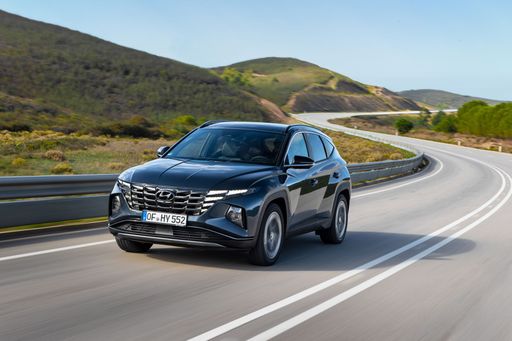
Hyundai Tucson
Hyundai Tucson
The Hyundai Tucson is a standout choice in the compact SUV segment, offering a perfect blend of style, comfort, and practicality. Its modern design is complemented by a spacious interior that provides ample room for passengers and luggage alike. With advanced technology and safety features, the Tucson ensures a smooth and enjoyable driving experience.
details @ hyundai.news
@ hyundai.news
 @ hyundai.news
@ hyundai.news
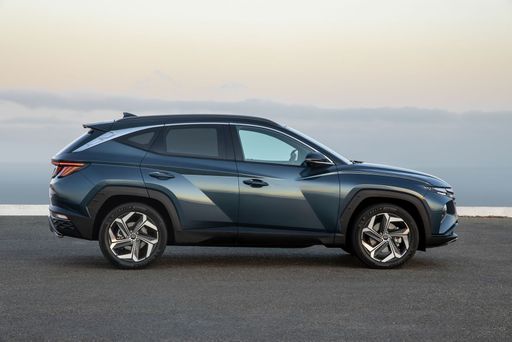 @ hyundai.news
@ hyundai.news
 @ hyundai.news
@ hyundai.news
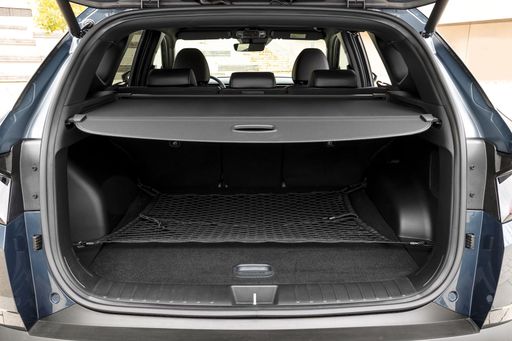 @ hyundai.news
@ hyundai.news
Vauxhall Zafira Life
The Opel Zafira Life offers a versatile and comfortable driving experience, making it an ideal choice for families and group outings. Its spacious interior is thoughtfully designed, ensuring ample room for passengers and luggage alike. Modern features and a sleek exterior design give it a contemporary edge while maintaining practicality for everyday use.
details @ Stellantis
@ Stellantis
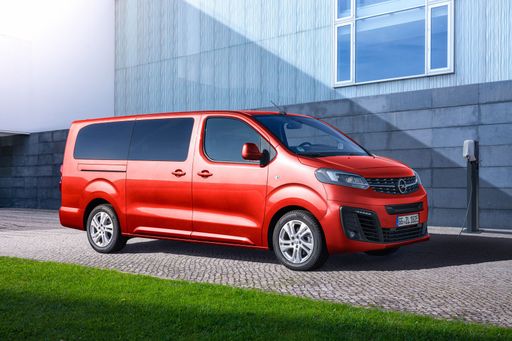 @ Stellantis
@ Stellantis
 @ Stellantis
@ Stellantis
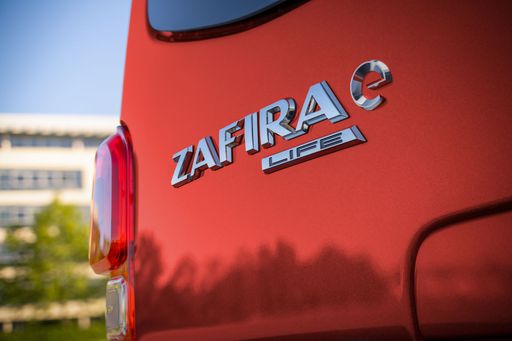 @ Stellantis
@ Stellantis
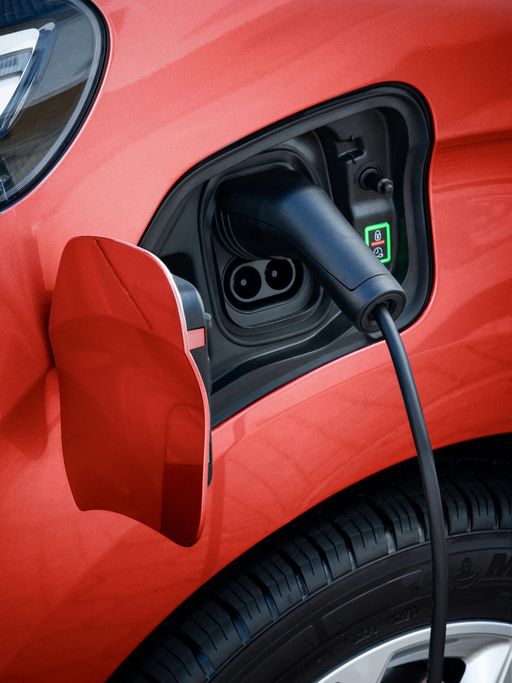 @ Stellantis
@ Stellantis

|

|
|
|
|
Costs and Consumption |
|
|---|---|
|
Price
30600 - 46300 £
|
Price
36000 - 53200 £
|
|
Consumption L/100km
1 - 6.9 L
|
Consumption L/100km
7.10 L
|
|
Consumption kWh/100km
-
|
Consumption kWh/100km
24.7 - 24.8 kWh
|
|
Electric Range
64 - 70 km
|
Electric Range
220 - 347 km
|
|
Battery Capacity
-
|
Battery Capacity
-
|
|
co2
22 - 156 g/km
|
co2
0 - 186 g/km
|
|
Fuel tank capacity
42 - 54 L
|
Fuel tank capacity
70 L
|
Dimensions and Body |
|
|---|---|
|
Body Type
SUV
|
Body Type
Bus
|
|
Seats
5
|
Seats
8
|
|
Doors
5
|
Doors
5
|
|
Curb weight
1520 - 1889 kg
|
Curb weight
1953 - 2240 kg
|
|
Trunk capacity
546 - 620 L
|
Trunk capacity
0 L
|
|
Length
4510 - 4520 mm
|
Length
4981 - 5331 mm
|
|
Width
1865 mm
|
Width
2010 mm
|
|
Height
1650 mm
|
Height
1890 mm
|
|
Max trunk capacity
1721 - 1799 L
|
Max trunk capacity
4200 - 4900 L
|
|
Payload
525 - 545 kg
|
Payload
850 - 914 kg
|
Engine and Performance |
|
|---|---|
|
Engine Type
Diesel MHEV, Petrol MHEV, Petrol, Full Hybrid, Plugin Hybrid
|
Engine Type
Electric, Diesel
|
|
Transmission
Automatic, Manuel
|
Transmission
Automatic
|
|
Transmission Detail
Dual-Clutch Automatic, Manual Gearbox, Automatic Gearbox
|
Transmission Detail
Reduction Gearbox, Automatic Gearbox
|
|
Drive Type
Front-Wheel Drive, All-Wheel Drive
|
Drive Type
Front-Wheel Drive
|
|
Power HP
136 - 252 HP
|
Power HP
136 - 180 HP
|
|
Acceleration 0-100km/h
7.9 - 11.6 s
|
Acceleration 0-100km/h
10.6 - 14.3 s
|
|
Max Speed
180 - 194 km/h
|
Max Speed
130 - 185 km/h
|
|
Torque
265 - 367 Nm
|
Torque
260 - 400 Nm
|
|
Number of Cylinders
4
|
Number of Cylinders
4
|
|
Power kW
100 - 185 kW
|
Power kW
100 - 132 kW
|
|
Engine capacity
1598 cm3
|
Engine capacity
2184 cm3
|
General |
|
|---|---|
|
Model Year
2024
|
Model Year
2024 - 2025
|
|
CO2 Efficiency Class
E, F, D, B
|
CO2 Efficiency Class
A, G
|
|
Brand
Hyundai
|
Brand
Vauxhall
|
What drive types are available for the Hyundai Tucson?
Available configurations include Front-Wheel Drive or All-Wheel Drive.
The prices and data displayed are estimates based on German list prices and may vary by country. This information is not legally binding.
